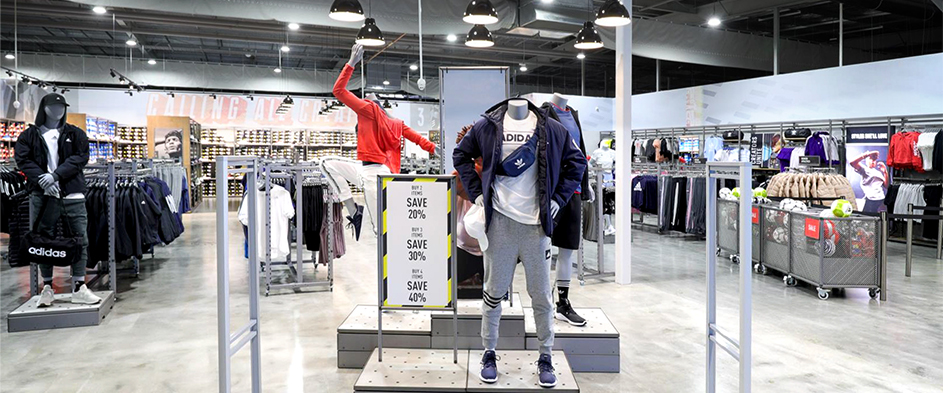Introduction
In the competitive world of retail, inventory shrinkage is a significant concern that impacts your bottom line. Protecting your merchandise from theft is vital, and a powerful tool in your defense arsenal is an Electronic Article Surveillance (EAS) system. With a variety of systems on the market, how can you ensure you select the right one for your store? This guide will highlight the key factors you need to consider.
Understanding Your Store's Specific Needs
Every retail business is unique with its own set of products, store layout, and customer demographics. Consider the following points:
What kind of products do you sell? Are they clothing items best suited to hard tags, or smaller high-value items like jewelry where EAS labels would be a better fit?
What is your store layout? Is it a large open space, or a series of smaller, segmented areas?
What is your average customer traffic?
Choosing the Right System Technology
EAS systems use different technologies, including Radio Frequency (RF), Acousto-Magnetic (AM), and Electro-Magnetic (EM). Each has its own advantages:
RF systems are usually more affordable and suited for most retail environments.
AM systems have better detection rates and are less prone to electronic interference, although they're more expensive.
EM systems work well for items containing metal or with high water content.
Efficient Tag Deactivation and Removal
At the point of sale, tags should be quick and easy to deactivate or remove. This ensures a smooth checkout process and happy customers. If the process is too complex or time-consuming, it could lead to longer queues and customer dissatisfaction.
Detection Range Consideration
The range of the EAS antennas or pedestals should cover your store's entry/exit points. If you have wider entrances, consider that you may need multiple pedestals or antennas for effective coverage.
Selecting a Reputable Vendor with Good Support
Reputation and post-installation support are essential factors to consider. Always check customer reviews and testimonials. The vendor should provide a comprehensive service agreement, including maintenance, and offer support for repairs or replacements.
Cost-Effectiveness Analysis
An EAS system is an investment, and you need to consider the total cost of ownership. This includes the initial cost, installation, maintenance, and the cost of tags or labels. A well-chosen EAS system should offset its cost over time by reducing shrinkage.
Integration with Other Systems
The best EAS systems integrate seamlessly with your existing POS, inventory management, and security systems. This allows you to gain real-time insights into shrinkage patterns and streamline your operations.
Conclusion
Choosing the right EAS system for your store means understanding your needs, evaluating different technologies, and considering vendor reputation. By following these guidelines, you can protect your merchandise more effectively, ensuring your store's long-term profitability. Let the right EAS system be a cornerstone of your loss prevention strategy.





 Email: info@dragonguardsmart.com
Email: info@dragonguardsmart.com
 Tel: +86-516-61886636
Tel: +86-516-61886636 Hotline/Wechat/Whatsapp: +86-136-1513-6665
Hotline/Wechat/Whatsapp: +86-136-1513-6665 Skype: easdragonguard
Skype: easdragonguard Add: Safety valley of Xuzhou, China
Add: Safety valley of Xuzhou, China






